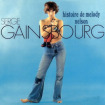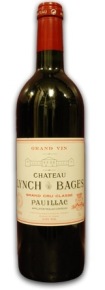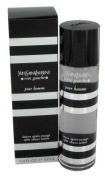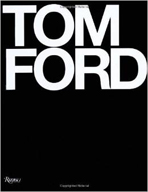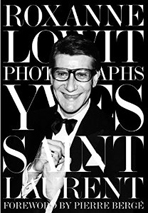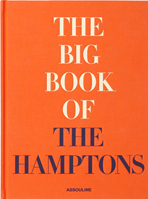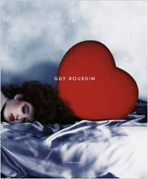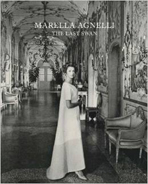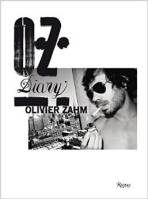Richard Hambleton

Richard Hambleton is known as the godfather of street art and, thanks in part to the efforts of Vladimir Restoin-Roitfeld, the artist is enjoying renewed popularity and success. A contemporary of artists that were germane to the New York City art scene such as Keith Haring and Jean-Michel Basquiat, Hambleton still lives and creates on Manhattan's Lower East Side.
Hambleton's work, like that of many artists, has gone through a number of distinct periods as his style developed. From 1976 to 1979, he was known for the concept that he called "Image Mass Murder" in which he created realistic homicide scenes complete with chalk outlines of the victims' bodies and splashes of red paint representing blood. The artist described his vision at the time thusly: “To me, the city is not a blank canvas. It’s a picture; a motion picture containing sociological and psychological elements. My urban work is added to and becomes a part of that picture... the blank canvas is in the studio. I give it definition, I work within its perimeters — I paint the entire picture....”
In the 1980s, Hambleton began to develop what he referred to as his "Shadowman" paintings, some of his most recognized work. The "Shadowman" series is a form of public art in which he would paint human-sized silhouettes on buildings, and in dark alleys, lurking on shadowy street corners with the intent to startle passersby. He even painted a Shadowman on the Berlin Wall. A variation on Hambleton's "shadow" theme was his "Marlboro Man" frequently painted atop a wildly bucking bronco; he was inspired by the depiction of the American hero in rugged Marlboro country, clearly a departure from his urban statements.
Hambleton next began working with transparent paint on metal to create "Beautiful Paintings," serene scenes that evoke a completely different mood than that of his prior art. "My 'Beautiful Paintings' are not landscapes, seascapes, or rainscapes — they are Escapes.” explains the artist, stating his intention with a capital "E" for emphasis. His expressive work has been exhibited in museums and galleries worldwide including twice at the Venice Biennale (1984 and 1988).
Note that the "Richard Hambleton—New York" show that Restoin-Roitfeld curated opened last September in conjunction with Fashion Week there; in March the Milan edition launched during Fashion Week in that city. After all, timing is key for events such as these. Well-timed they were because both shows sold out helping to cement Richard Hambleton's reputation as a modern artist in addition to Vlad's estimation as an art dealer. If you would like to learn more, watch the CNN video with Hambleton.
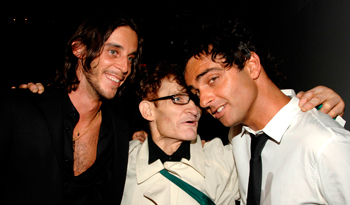
Vladimir Restoin-Roitfeld, Richard Hambleton, Andy Valmorbida photograph courtesy of Milan Inside.
 Vladimir Restoin-Roitfeld in
Vladimir Restoin-Roitfeld in  Art,
Art,  Favorites,
Favorites,  Milan,
Milan,  New York City
New York City 

